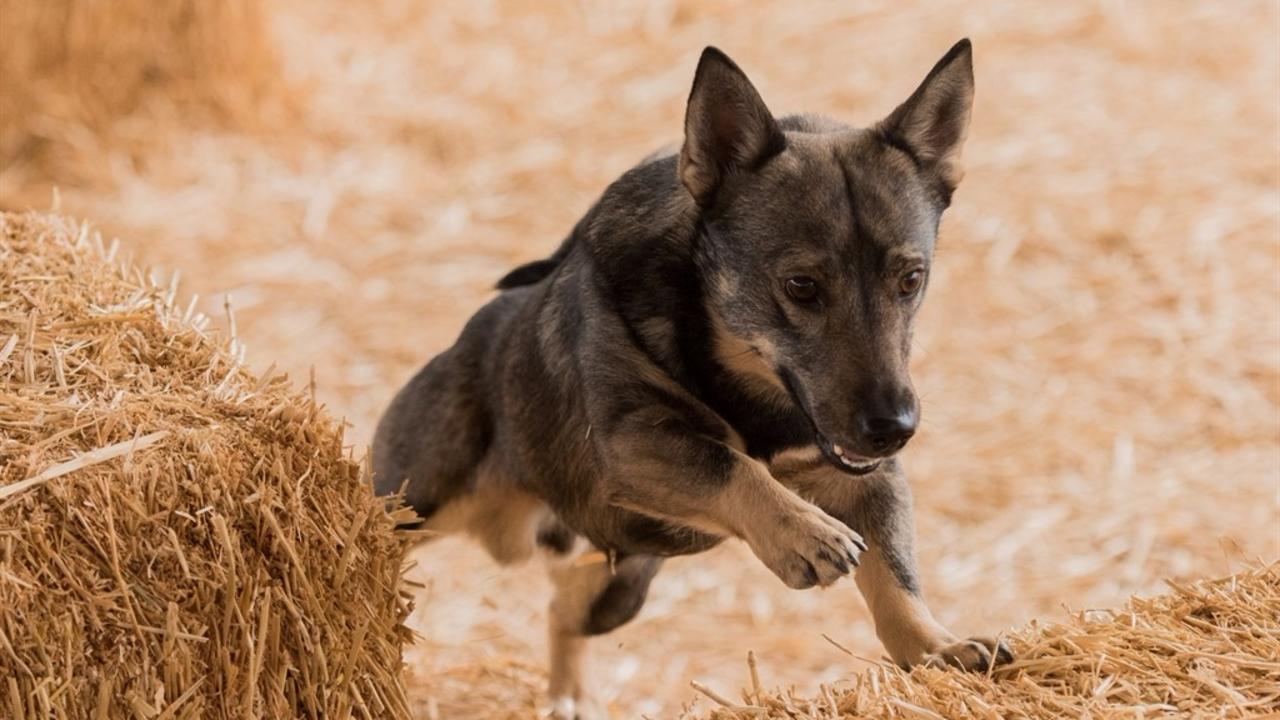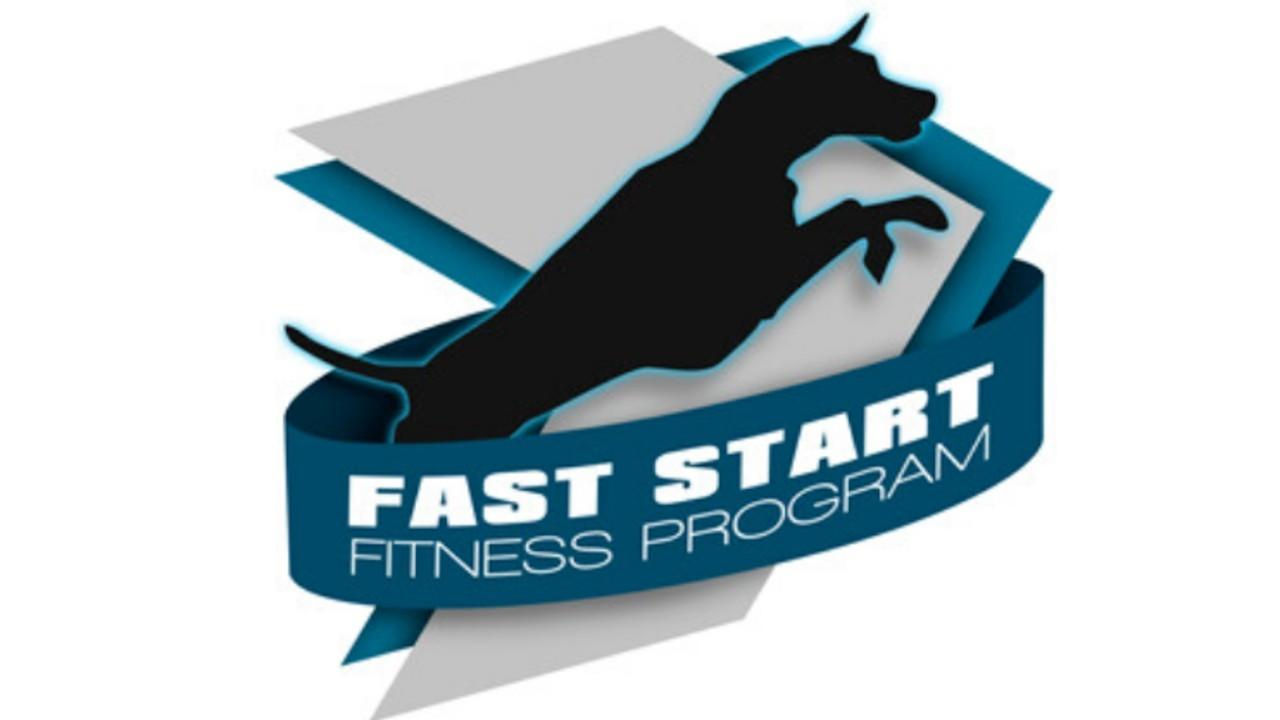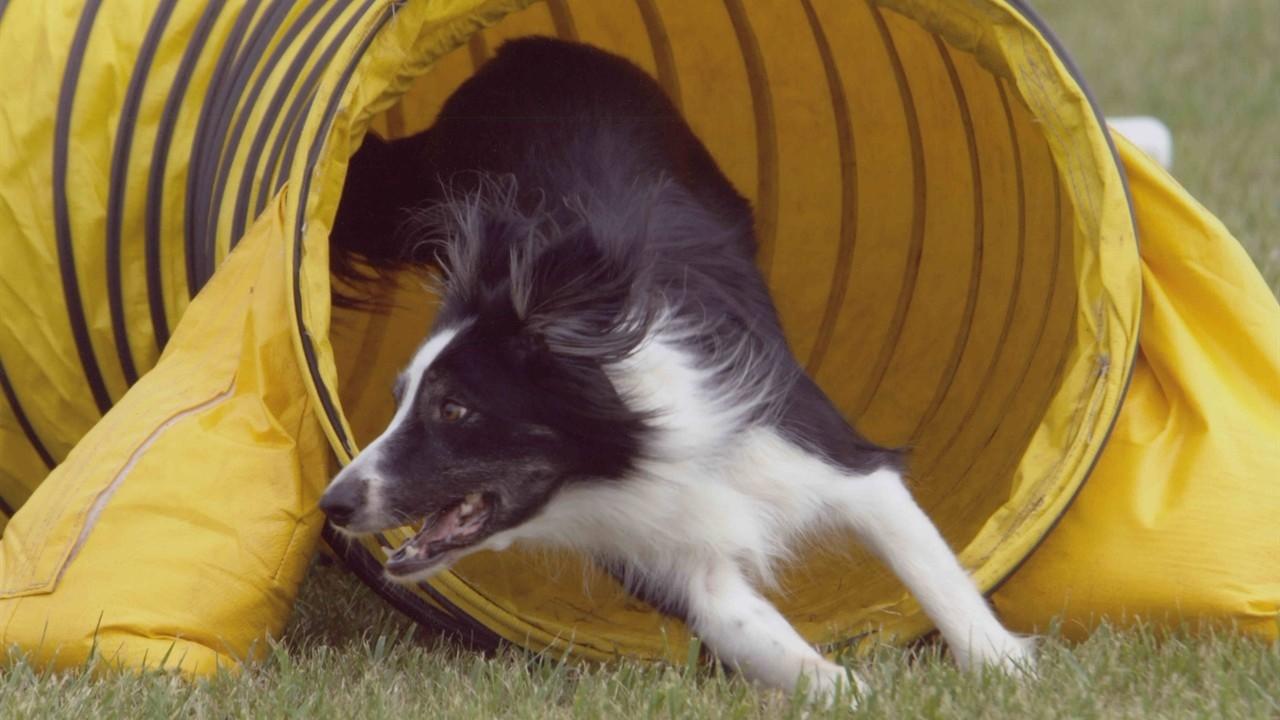The Single Best Way to Lower Your Dog's Risk of Injury in K9 Sports

One of the primary reasons that we encourage fitness training for our canine athletes is to reduce the risk of injury in dog sports.
Fitness training involves improving a variety of fitness components including cardiovascular fitness, flexibility, proprioception, balance and stability, strength, endurance, speed, and power. We use the K9 Fitness Pyramid as a visual representation of these components. Different sports have different specific fitness requirements but all sports involve all of these to some degree. (For more information on this, read our blog on training in the K9 Fitness Pyramid.)
Strength training, more than any other type of fitness training, will reduce the risk of a sports injury significantly.
Strength training is an accepted and well-researched way to reduce the risk of injury in people participating in sports. Using resistance to get stronger is the single best way to counter the risk of a sports injury.

Why Strength Training is the Best
A quick ...
How Your Dog's Muscles Really Get Stronger and Bigger

Your dog is an athlete and you are your dog's coach and trainer. As such it is critical that you understand what happens to your dog’s body during a workout. Just exactly how does exercise make your dog stronger? What is happening in your dog's body that results in a stronger dog?
Having a functional understanding of the process helps tremendously in designing and structuring your dog's workouts as well as the phases of training.
There are two physiologic processes through which your dog gets stronger:
- improved neuromuscular efficiency
- muscle fiber hypertrophy
The first process is through more efficient recruitment of the existing muscle fibers. The second process actually results in an increase in the cross-sectional size of the muscle fibers. Both processes occur in all dogs when properly stimulated to do so, but the first process- increased efficiency of the existing muscle fibers usually happens first.
Physiologic response #1: increased recruitment in the neuromus...
A Quick and Easy Fitness Program for Every Dog!

The Fast Start Fitness program was created to help dog owners squeeze canine fitness into their busy lives.
This program provides a broad based, general fitness program that any healthy dog can begin by simply following the step by step exercises. Previously this program was only available to those who had purchased a K9 Fitness Solutions membership subscription, but now it is available to anyone.
The program begins with teaching your dog common fitness movements. From there, the program moves into the foundation of the K9 Fitness Pyramid:

Most importantly, strength training - the single most critical aspect of any fitness training program - is included. With specific strengthening exercises, it provides a solid approach to using body weight resistance for strength training in your dog.
This program is divided into 2 phases, each 6 weeks long. The first phase focuses on mastering the Essential Elements and creating the broad foundation in ...
Stable versus Unstable: Which is Best for Strengthening your Canine Athlete?

Stable versus Unstable: which is the best for strengthening?
Many dog sports enthusiasts train their canine athletes in fitness with the goal of reducing the risk of injury and increasing longevity in their sport, as well as hoping to improve their dog’s performance.
Studies support that strength training is the single most important component of fitness training to keep your dog injury free and thus able to compete for a long time. But there remains a great deal of confusion regarding strength training in dogs and just how to do it.
Strength training is a type of training that increases strength by gradually increasing the resistance the muscles must overcome.
In people, strength training often involves the use of external weights (think dumbbells, barbells, weight machines) and occasionally just body weight resistance (think push-ups, pull ups, and sit-ups.) In dogs, this is most often done using body weight resistance, but can also be done using external weights like weigh...
Is Your Dog Strong Enough? Find out with this quick assessment.

Dog sports are physically demanding. Agility, flyball, and lure coursing are all performed at high speeds. Throw in some turns at speed and it gets intense. Agility and protection sports add obstacle performance requirements, and surface and course variations. These are all incredibly demanding on your dog.
While the variety of dog sports is exhilarating and the speed is addictive, these are not sports for the weak of mind or body. Fortunately, most dog sports competitors understand that agility and other sports are not exactly a walk in the park and that our canine teammate is taking the brunt of the intensely athletic nature of the sport.
Every competitor must ask themselves if they have done everything they can to physically prepare their four-legged teammate for the challenge. Strength is the number one component of fitness that must be improved (and then maintained) in your dog throughout your dog’s sporting career. Click here to find out how your dog's body gets stronger w...